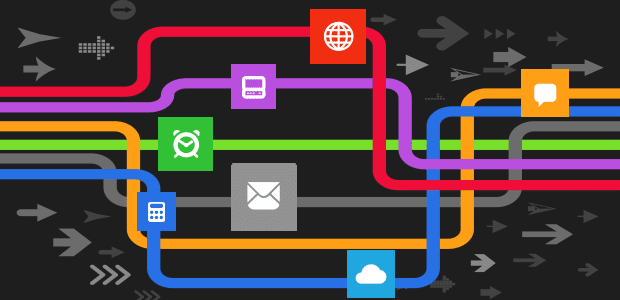Data governance for each step in data’s journey –
- by 7wData

Data governance is a critical yet challenging business process in a world where data volumes, types and uses are rapidly expanding. Government agencies must employ comprehensive governance strategies to ensure data is properly collected, managed and used, all while protecting individuals’ privacy and ensuring agencies can quickly and effectively make use of data to drive mission accomplishments -- the true purpose of collecting it in the first place.
Information governance -- addressing the rules of handling and retaining documents, emails, social media and other information -- has become a common topic of discussion among government agencies particularly in light of the numerous mandates agencies are required to abide by. On the other hand, data governance -- the policies for managing, using and securing data -- is not discussed as often, but it is just as important. As the foundation of information governance, data governance involves assessing the quality of data, protecting the data to ensure appropriate use, providing auditing and lineage transparency and enforcing governance policies, among other things.
Data is a living asset, constantly evolving and moving, taking many different paths as it is accessed and changed by various users and systems as it travels from collection to delivery. Consequently, agencies should consider data governance throughout the entire data journey, as suggested below.
Data quality assessment when collecting data. The collection of data from sources into a big data system is an important step in the data journey, and the most important data governance consideration at this stage is quality assessment. The quality of data can be correlated with the value of the information that comes from it -- the “garbage in, garbage out” principle. As processes for extracting data from source system, loading it into a big data system and transforming it – commonly called ELT processes -- are put in place, the quality of the data must be assessed and tight feedback loops with the data owner/creator enforced to ensure continual improvement of data quality over time.
Data protection when enabling exploration and analysis. A key data governance consideration is access control.
[Social9_Share class=”s9-widget-wrapper”]
Upcoming Events
Shift Difficult Problems Left with Graph Analysis on Streaming Data
29 April 2024
12 PM ET – 1 PM ET
Read MoreCategories
You Might Be Interested In
How to Overcome Data Visualisation Problems
6 Jul, 2017The domain of data visualisation is changing fast. From a tool to envisage trends and elucidate patterns to a gateway …
What is TensorFlow? The machine learning library explained
12 Jun, 2018Machine learning is a complex discipline. But implementing machine learning models is far less daunting and difficult than it used …
Unlocking the power of data with artificial intelligence
16 Sep, 2021Data is the lifeblood of business – it drives innovation and enhances competitiveness. However, its importance was brought to the …
Recent Jobs
Do You Want to Share Your Story?
Bring your insights on Data, Visualization, Innovation or Business Agility to our community. Let them learn from your experience.
Privacy Overview
Get the 3 STEPS
To Drive Analytics Adoption
And manage change




